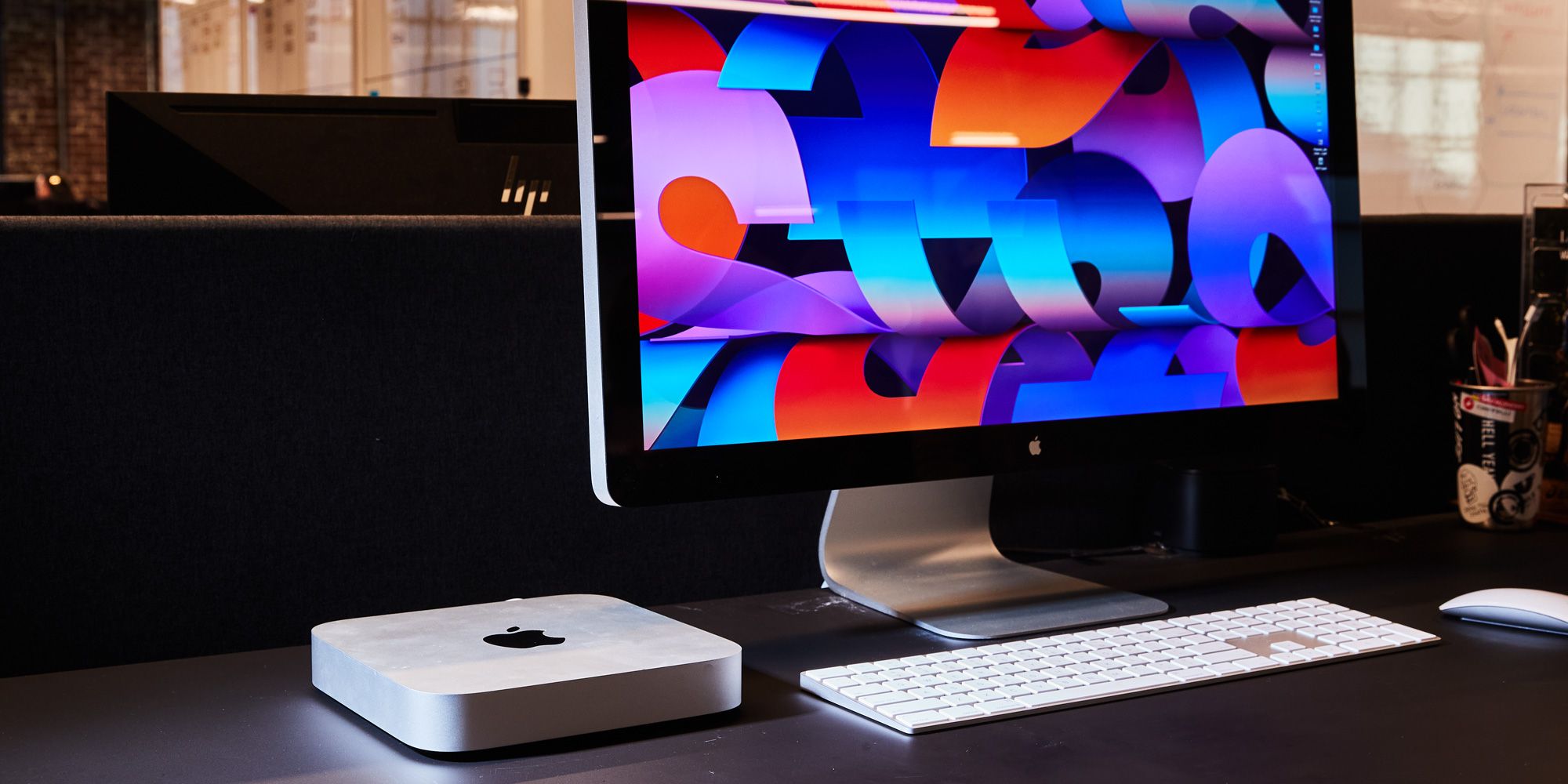In today’s digital age, collaboration on projects, whether they be coding endeavors, academic research, or creative ventures, requires a reliable and seamless platform. GitHub Desktop emerges as a standout tool, offering an intuitive interface for managing projects efficiently. This desktop app streamlines version control and collaboration, making it accessible to both seasoned developers and novices alike. In this article, we delve into setting up your workspace, simplifying version control, enhancing collaboration, and managing multiple projects, all through GitHub Desktop.
Setting Up Your GitHub Desktop Workspace
Initializing and Cloning Repositories
Getting started with GitHub Desktop begins with setting up your workspace. The process is straightforward: first, log in with your GitHub or GitHub Enterprise account. Then, you can either create a new repository or clone an existing one from GitHub directly to your local machine. This initial step ensures all your work is synchronized between your desktop and the web, laying the foundation for efficient project management.
Customizing Preferences for Optimal Workflow
After setting up your repository, tailoring GitHub Desktop to suit your needs is next. Through the ‘Preferences’ menu, you can configure essential settings like your default editor, enabling commit signing for security, and adjusting your notification preferences. These customizations help streamline your workflow, making daily tasks more manageable and less time-consuming.
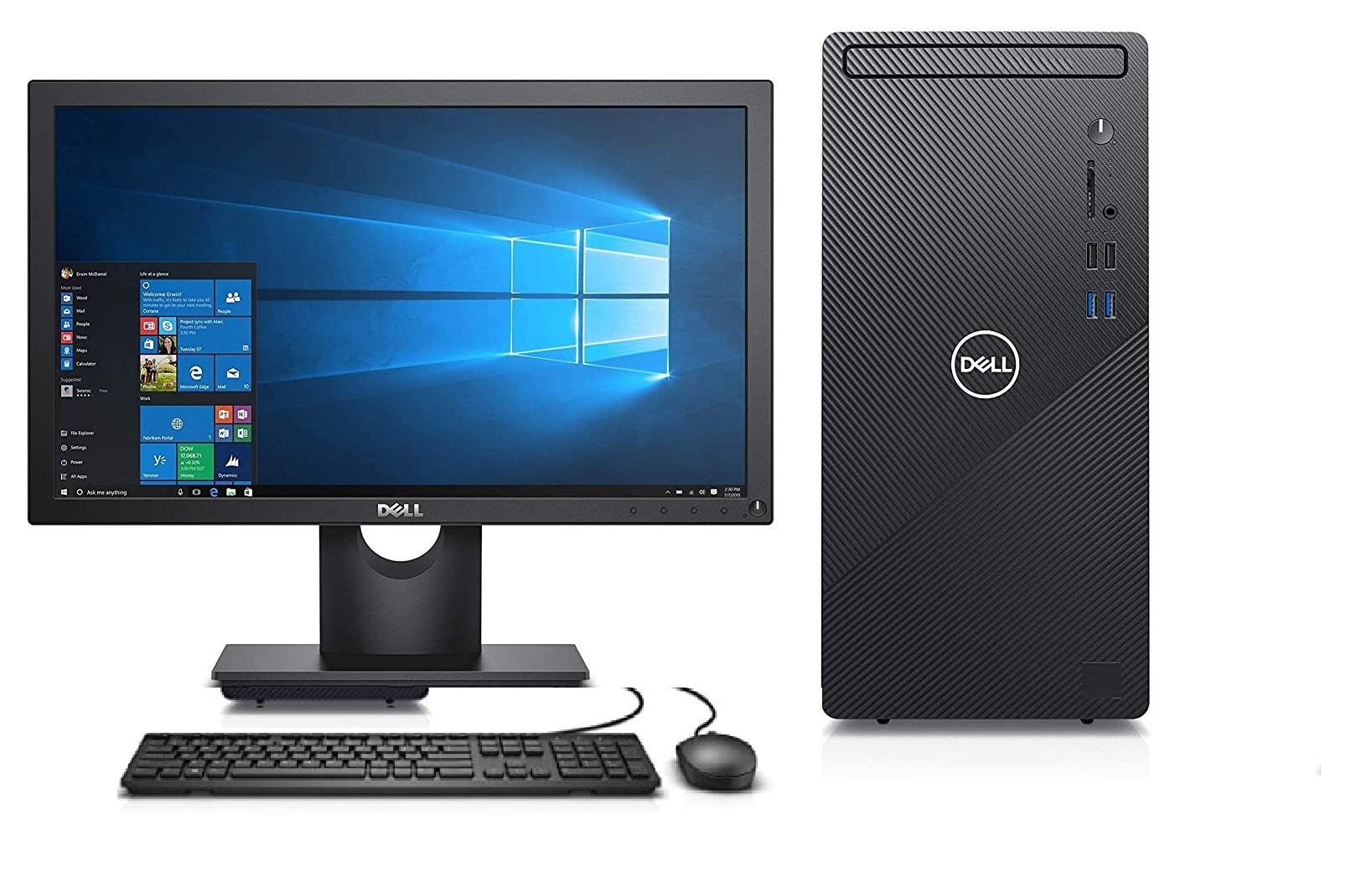
Simplifying Version Control with GitHub Desktop
Committing Changes and Branch Management
Version control is the heart of GitHub Desktop. The app simplifies committing changes by allowing you to group changes into commits with descriptive messages, making it easy to track each modification. Furthermore, branch management is also a breeze. You can create, switch, and merge branches within the interface, supporting a structured development process without the need for complex command-line instructions.
Reviewing History and Reverting Mistakes
An essential feature of GitHub Desktop is its capacity for reviewing your project’s history. You can easily browse through past commits, inspecting changes and understanding the project’s evolution. If a mistake is made, reverting commits or opening a pull request to discuss changes with team members can be done directly from the app, encouraging a transparent and error-free project development lifecycle.
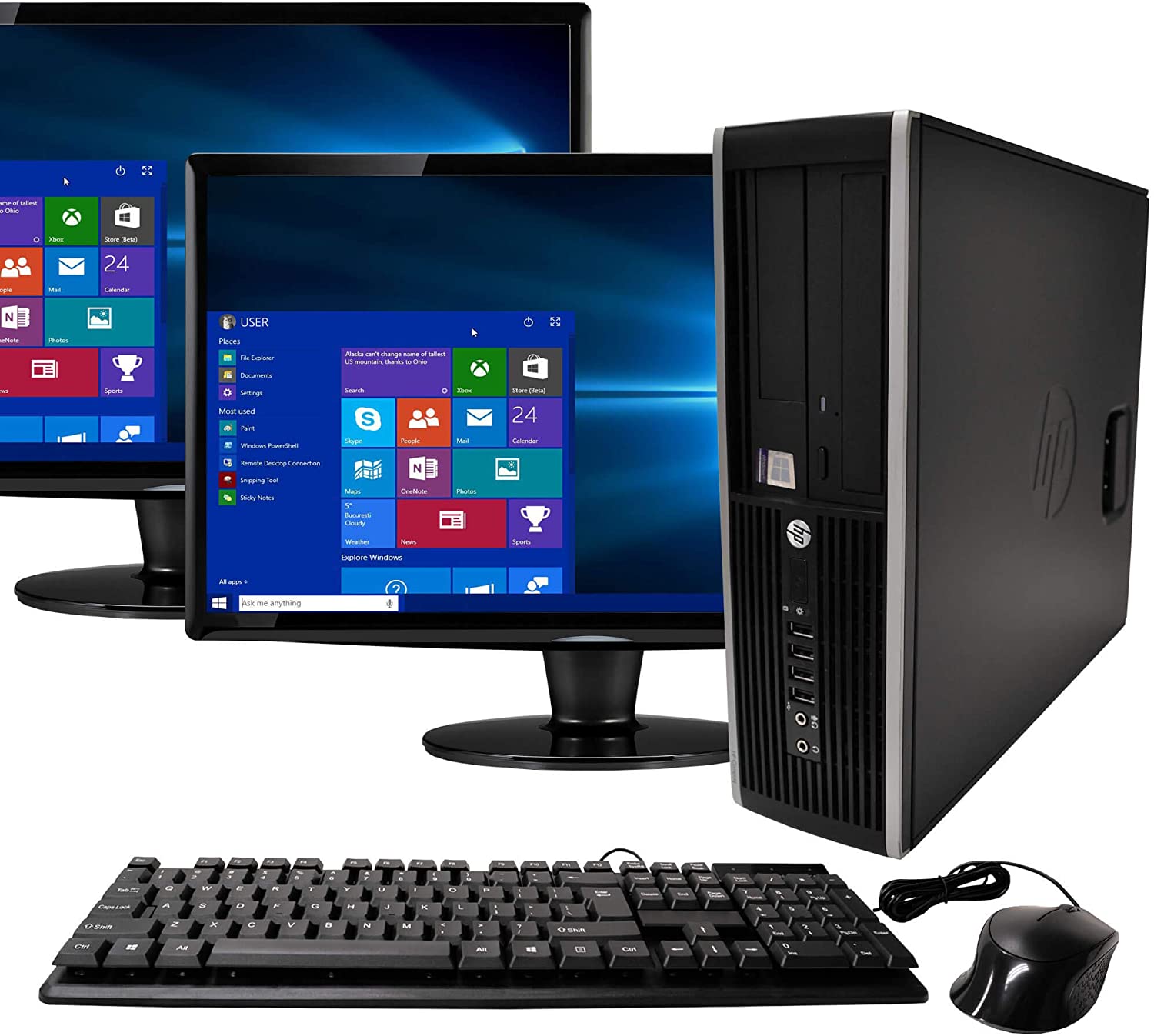
Enhancing Collaboration through GitHub Desktop
Streamlining Pull Requests and Code Reviews
GitHub Desktop excels in facilitating collaboration among project members. The platform significantly simplifies the process of creating pull requests. Team members can review proposed changes, discuss modifications, and approve merges all within the app. This functionality not only speeds up the development process but also fosters a culture of open communication and collective code ownership.
Sharing Work Progress and Assigning Tasks
With GitHub Desktop, sharing progress and assigning tasks is straightforward. The integration with GitHub’s issue tracking allows you to reference and close issues with commit messages, making it clear what tasks are being addressed. This seamless connection ensures that all team members are on the same page, keeping the project moving forward smoothly and efficiently.
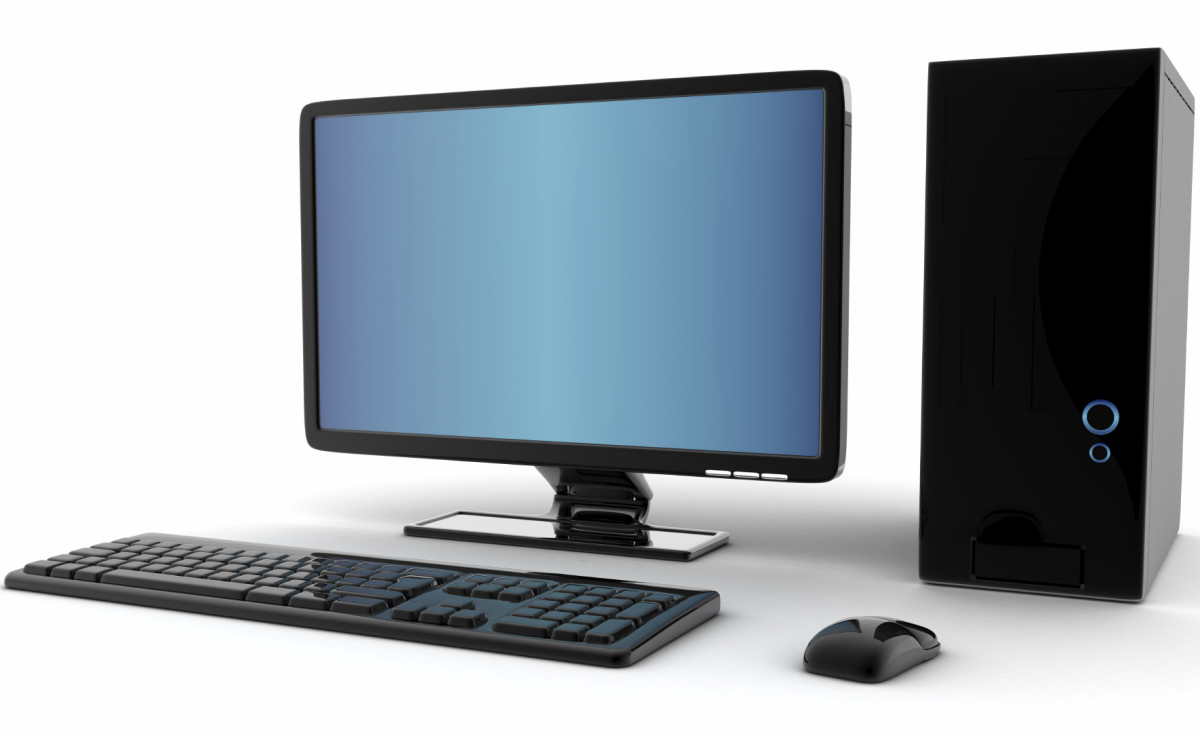
Managing Multiple Projects on GitHub Desktop
For those juggling multiple projects, GitHub Desktop offers an efficient way to navigate between different repositories. The easy-to-use interface allows you to switch contexts quickly, accessing different projects without the need to juggle multiple command-line windows or GUI applications. This feature is particularly beneficial for developers working on several projects simultaneously, providing a unified interface for all their development needs.
Utilizing GitHub Actions for Automation
GitHub Desktop also supports GitHub Actions, enabling automation for various tasks across all your projects. Whether it’s automated testing, deployment processes, or custom workflows, GitHub Actions can be managed directly from your desktop. This powerful feature reduces manual effort, enhances productivity, and ensures consistent project outcomes.
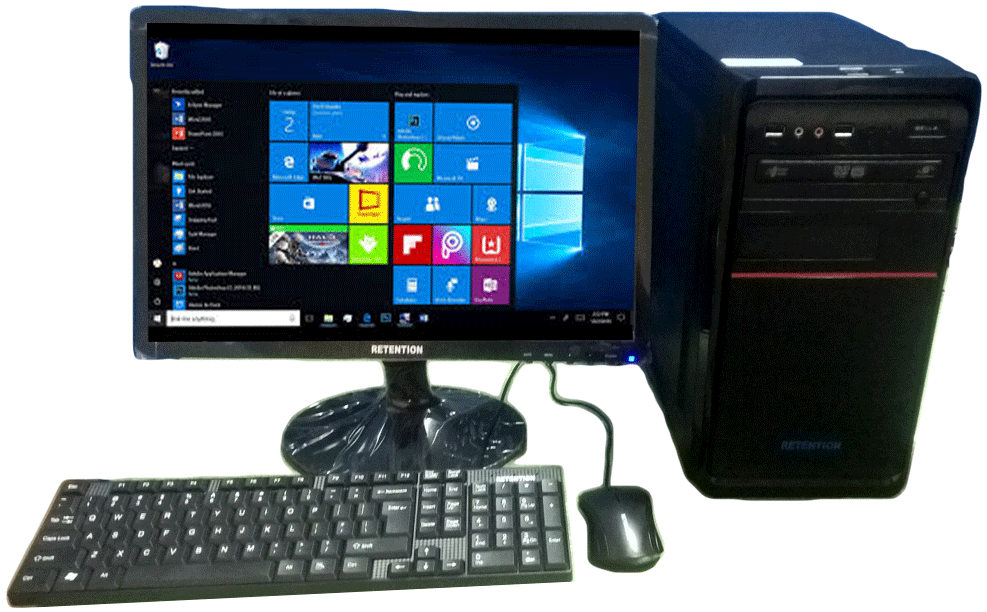
Leveraging GitHub Desktop for Conflict Resolution
One of the more challenging aspects of collaborating on projects is dealing with merge conflicts. GitHub Desktop simplifies this process by providing a clear and concise interface to identify and resolve conflicts. Instead of manually combing through code to find discrepancies, GitHub Desktop highlights conflicts, allowing you to choose which version to keep. This feature minimizes downtime and ensures that teams can quickly get back to focusing on their work, making collaboration smoother and more efficient.
Integrating Tooling for Comprehensive Development
GitHub Desktop doesn’t operate in isolation; it integrates seamlessly with other development tools and services. Whether it’s utilizing Atom or Visual Studio Code as your primary code editor or leveraging continuous integration and deployment pipelines, GitHub Desktop acts as the central hub for your development workflow. This integration ensures that your tools work together harmoniously, streamlining your development process and enhancing productivity.
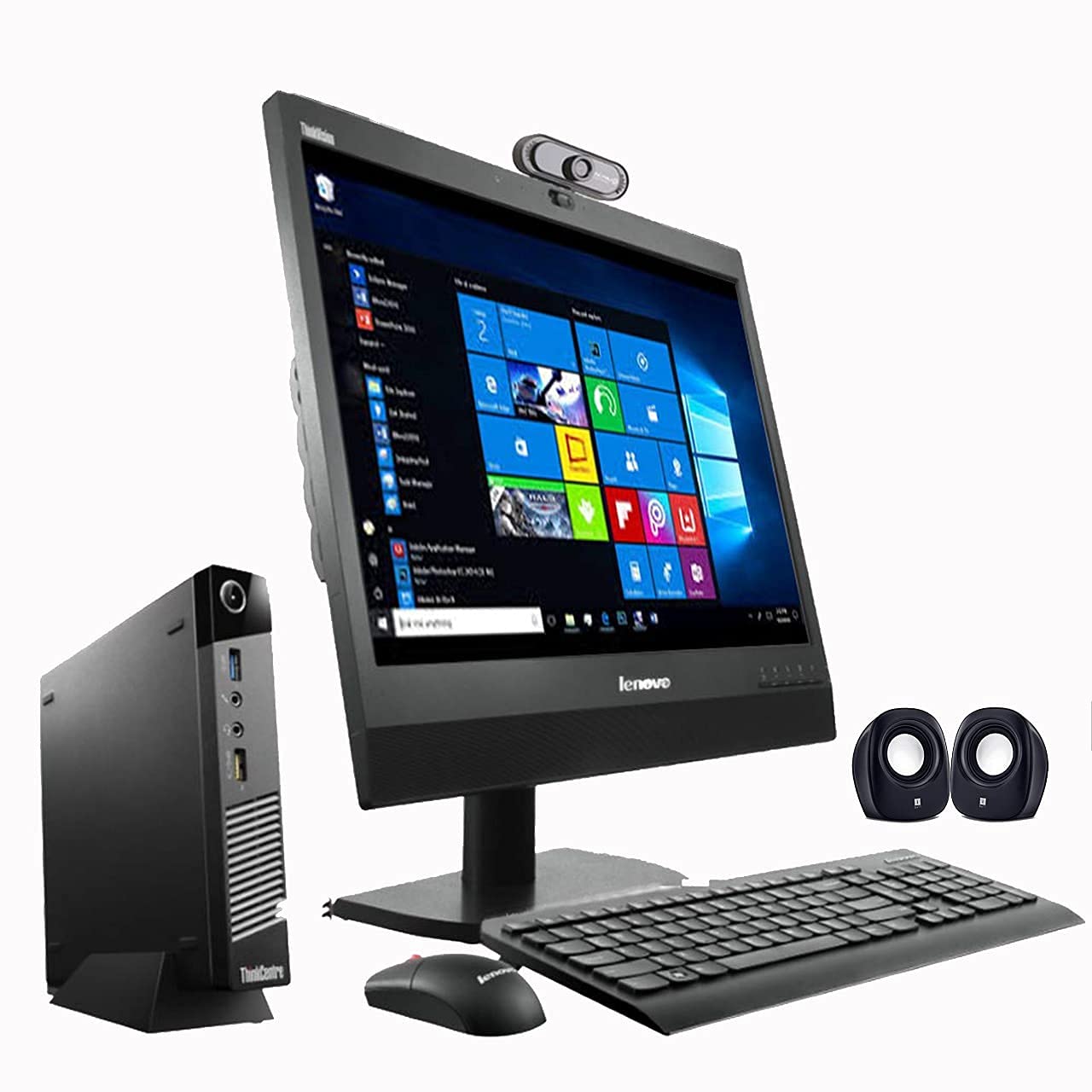
Customizing GitHub Desktop for Individual Needs
Tailoring Notifications and Interfaces
Every developer has unique preferences for how they receive notifications and interact with their development environment. GitHub Desktop accommodates this by allowing users to customize their notification settings and interface appearance. You can choose which events you receive notifications for, reducing distraction and focusing on what’s most important. Additionally, with support for themes, you can customize the appearance of GitHub Desktop to match your preferred working environment, making long coding sessions more comfortable.
Utilizing GitHub Desktop Across Platforms
The power of GitHub Desktop extends across different operating systems, with support for Windows, macOS, and even Linux distributions through community-led efforts. This cross-platform compatibility ensures that teams can collaborate effectively, irrespective of their individual operating system preferences. By providing a consistent experience across platforms, GitHub Desktop ensures that all team members, regardless of their OS, can contribute to projects without any barriers, fostering an inclusive and productive development environment.
In conclusion, GitHub Desktop is an indispensable tool for anyone looking to collaborate on projects efficiently. Its intuitive interface makes it a valuable asset for developers, researchers, and creative professionals. The software also includes powerful version control. There are collaboration features too. By following steps to set up your workspace, you can streamline your workflow. Embracing version control is recommended. Enhancing collaboration is another step. Managing multiple projects is also advised. These actions can streamline your development process. This allows you to focus on what truly matters: delivering great projects. GitHub Desktop simplifies project collaboration. It empowers teams to achieve more with less effort. This makes it a must-have tool in your digital arsenal.
